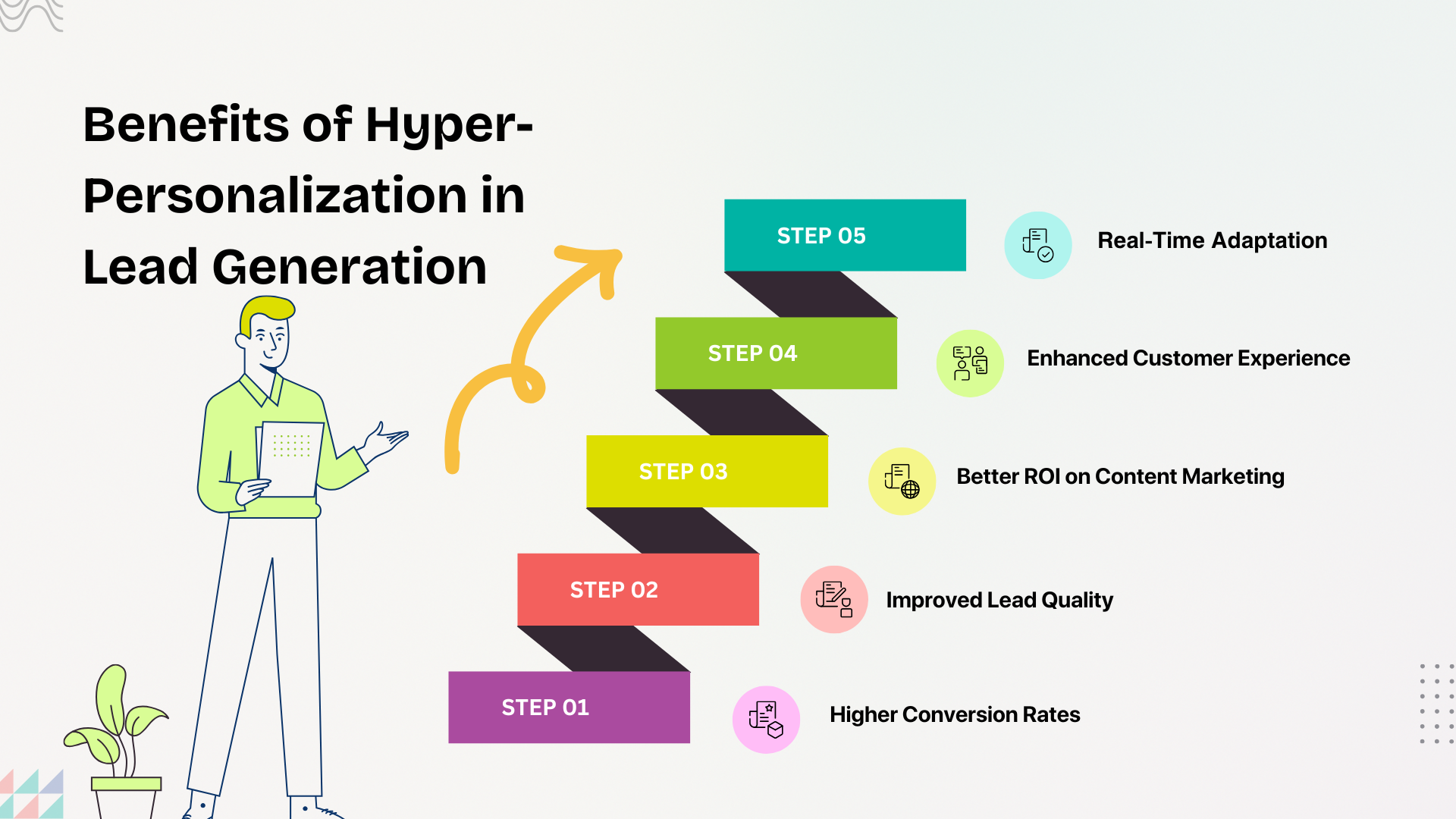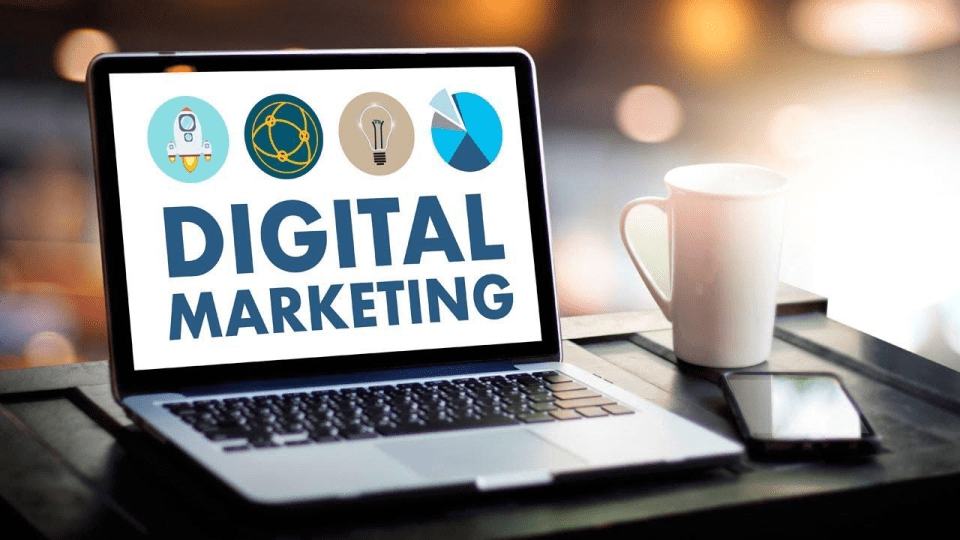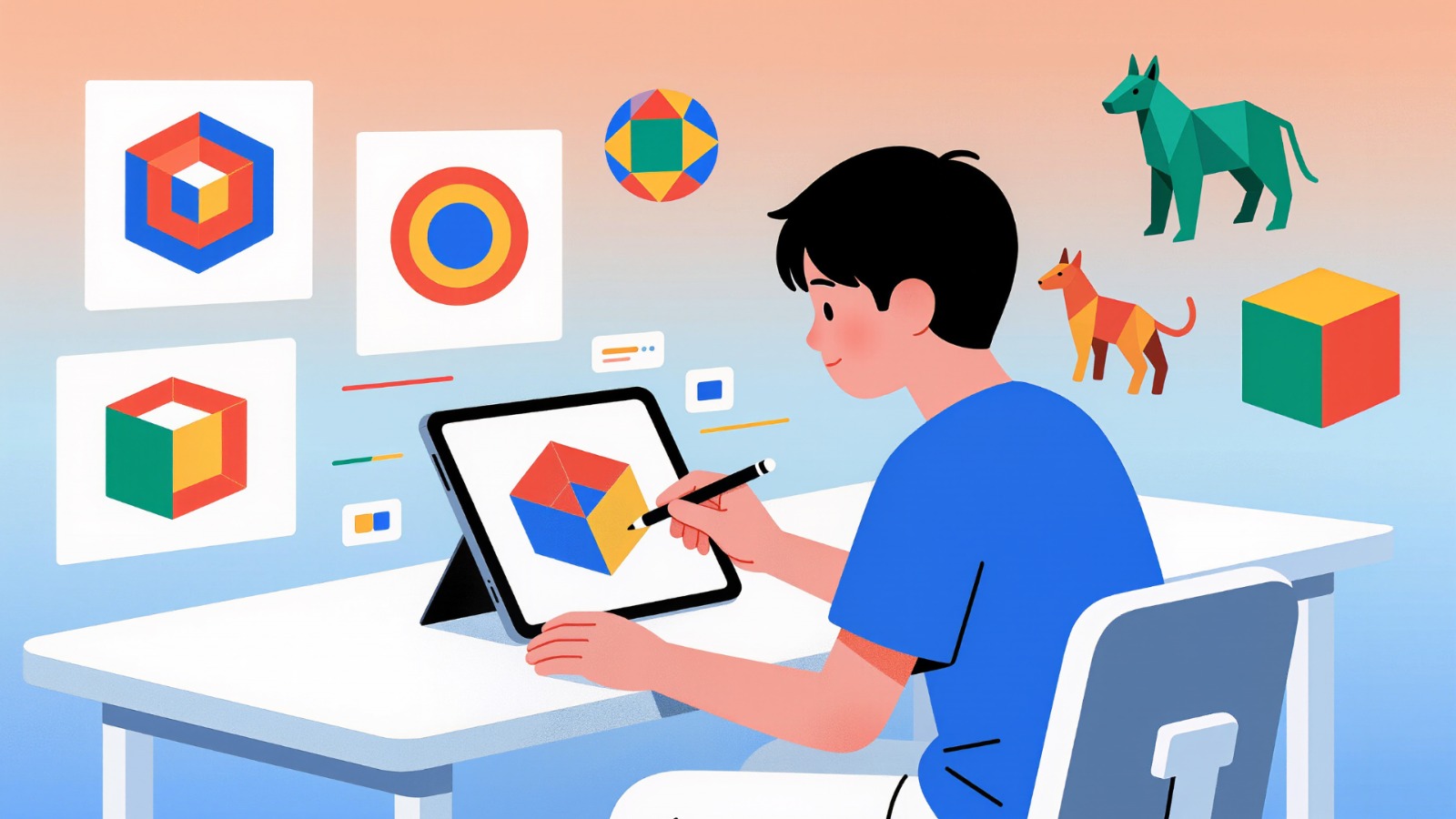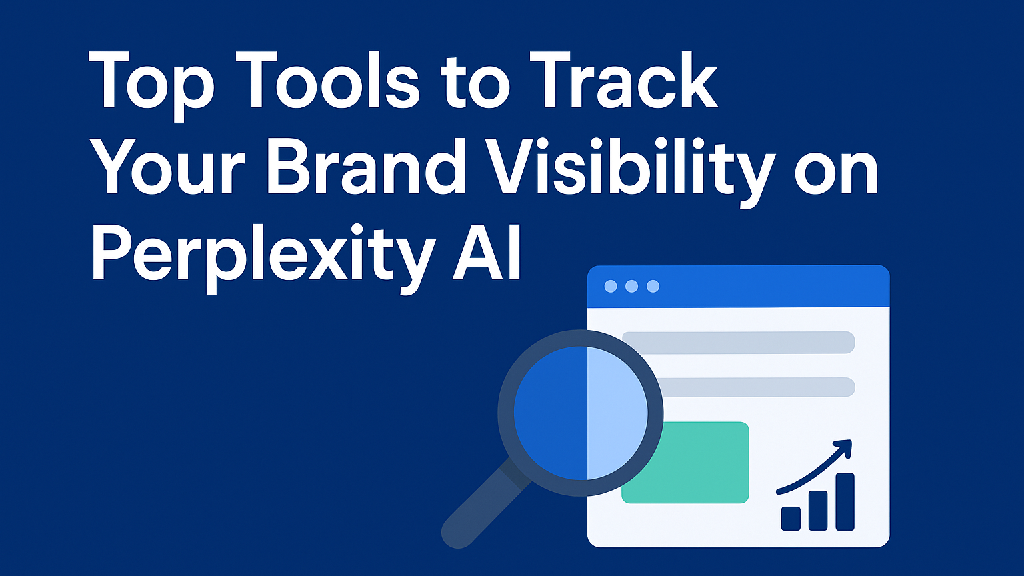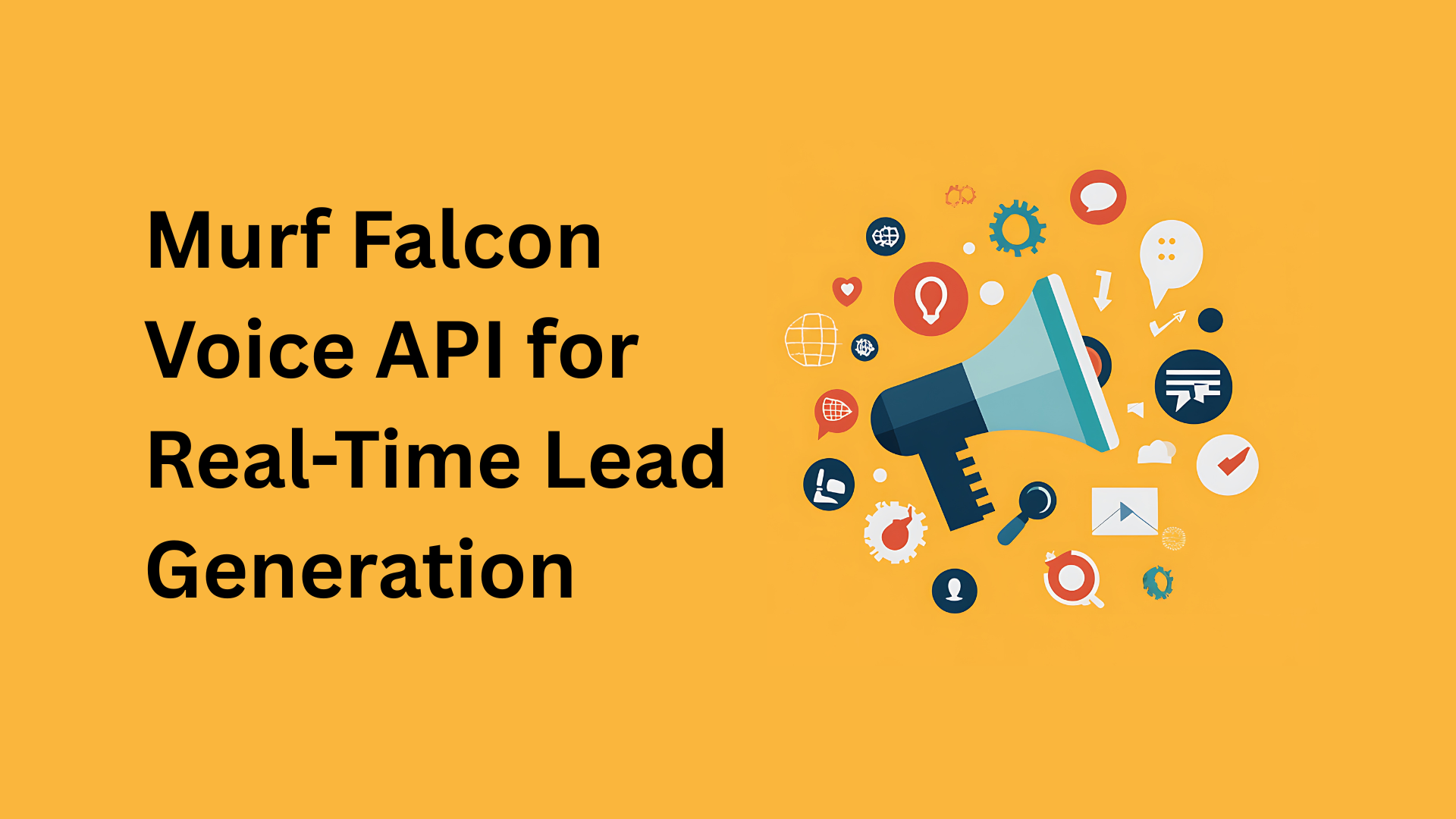Hyper-Personalization: The Next Step of Personalization in Lead Generation
If you think personalization is about adding someone’s first name in an email, think again.
In today’s digital-first world, customers expect more than just “Hey {First Name}”.
They crave experiences that feel made just for them every click, email, or product suggestion should resonate personally.
Welcome to the world of hyper-personalization in lead generation where AI, data, and intent-based marketing meet to build deeper, faster, and more profitable customer connections.
What Is Hyper-Personalization in Lead Generation?
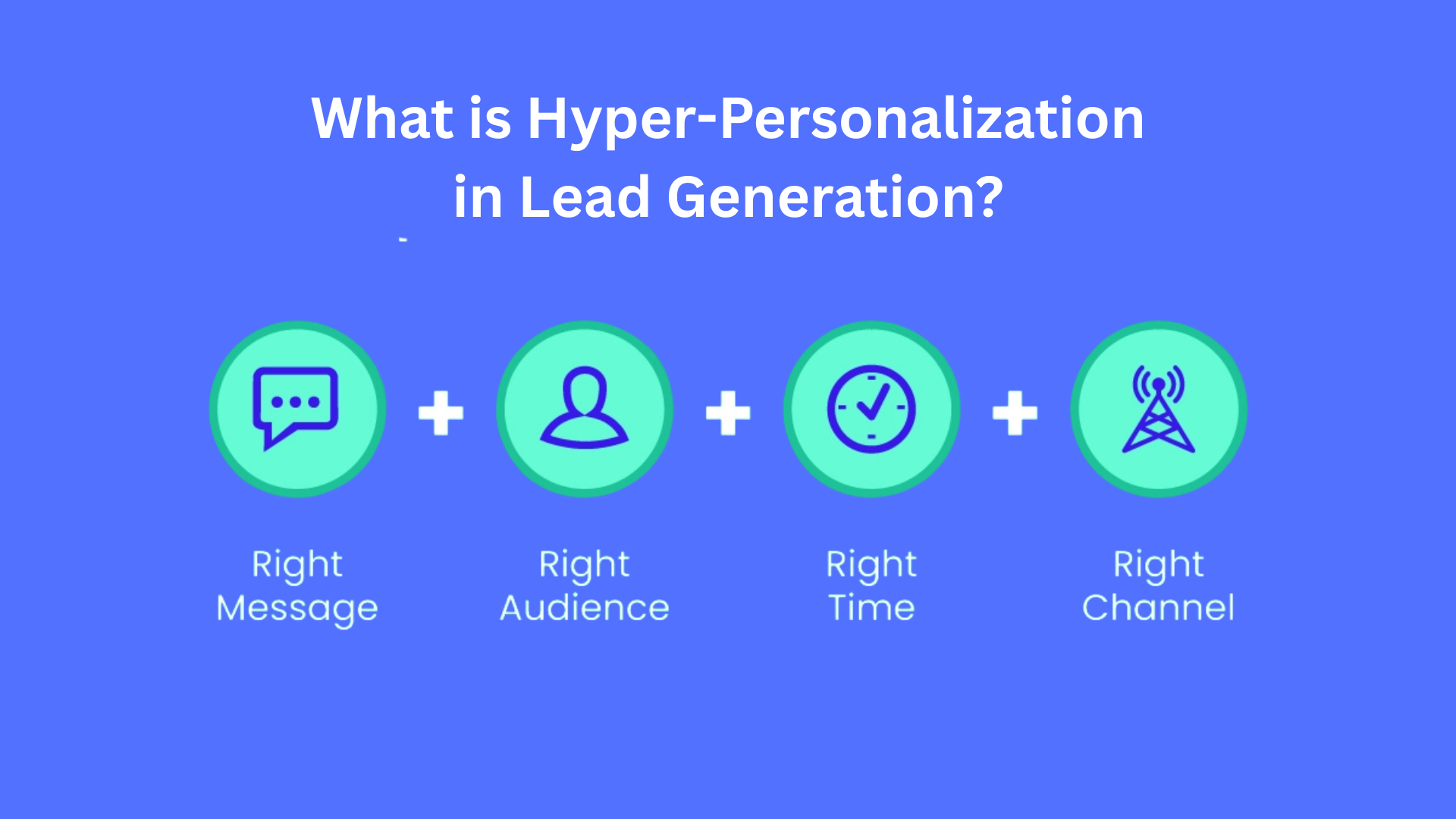
Hyper-personalization is the advanced form of personalization that uses real-time data, behavior analytics, and AI to deliver highly targeted messages to individual users.
Unlike traditional personalization which may use static info like a user’s name or company hyper-personalization dives deeper.
It studies real-time behavior, browsing intent, purchase history, and engagement signals to craft ultra-specific content and offers.
👉 In simple terms, it’s personalization on steroids.
For example, a SaaS brand can track which pricing page a visitor viewed, how long they stayed, and which blog they read, then automatically serve a tailored follow-up email offering a trial or discount.
Why Hyper-Personalization Matters in Lead Generation
Lead generation isn’t just about capturing emails anymore, it’s about creating experiences that convert interest into intent.
According to a study by McKinsey, 71% of consumers expect personalized interactions, and 76% get frustrated when those expectations aren’t met.
When applied to lead generation, hyper-personalization helps brands:
- Identify high-intent leads faster
- Deliver relevant offers that increase conversion
- Reduce ad fatigue by showing only what matters
- Improve engagement in email and content marketing campaigns
Neil Patel once said,
“Marketing is no longer about the stuff you make, but about the stories you tell and who you tell them to.”
Hyper-personalization ensures those stories are told to the right person, at the right time, through the right channel.
How Hyper-Personalization Works
Hyper-personalization in lead generation works by combining data, automation, and AI into a continuous loop of insights and action.
Here’s a breakdown 👇
1. Data Collection
Tools like CRMs, chatbots, and analytics collect customer behavior data from clicks and page visits to purchase history and device type.
2. Segmentation & Analysis
AI-driven tools segment leads dynamically based on real-time intent, not just static demographics.
3. Content Customization
Using that data, personalized content (emails, landing pages, pop-ups, etc.) is automatically created for each user segment.
4. Automation & Delivery
Marketing automation tools deliver this content across multiple touchpoints email, web, social, and paid ads at optimal times.
Where Can You Use Hyper-Personalization in Lead Generation?
Hyper-personalization isn’t limited to emails. It can be applied across multiple stages of your lead generation funnel.
1. Email Campaigns
Dynamic email content can be customized based on a subscriber’s behavior.
For instance, if a user downloads an SEO checklist, the next email can automatically recommend your link-building service or a lead generation guide.
2. Landing Pages
AI tools like Mutiny or Optimizely can personalize headlines and CTAs based on location, referral source, or previous site activity.
3. Chatbots & Conversational Marketing
Smart chatbots can identify visitor intent in seconds. A chatbot on a SaaS website can ask, “Looking for a demo or just exploring pricing?” leading to more qualified conversions.
4. Retargeting Ads
Dynamic retargeting can show personalized product demos or lead magnets to users who previously interacted with your site.
5. Lead Nurturing Campaigns
Use hyper-personalized drip sequences to move leads from awareness to decision stages seamlessly.
Ann Handley, author of Everybody Writes, emphasizes:
“Good content isn’t about storytelling. It’s about telling a true story well and to the right person.”
Benefits of Hyper-Personalization in Lead Generation
Here are some top benefits of going beyond traditional personalization:
- Higher Conversion Rates: Personalized CTAs convert over 200% better than generic ones. When every message feels relevant, your prospects are more likely to take action.
- Improved Lead Quality: By filtering low-intent users, hyper-personalization ensures your sales team only nurtures the most relevant leads.
- Better ROI on Content Marketing: When your blog, email, or landing page content speaks directly to user pain points, you get more engagement per dollar spent.
- Enhanced Customer Experience: Customers appreciate when brands understand them — this builds loyalty and long-term retention.
- Real-Time Adaptation: AI systems adjust recommendations instantly based on new behavior patterns, ensuring your leads never receive outdated or irrelevant messages.
Drawbacks and Challenges
No marketing strategy is perfect. Here are a few challenges of hyper-personalization:
- Data Privacy Concerns – Over-collecting user data can make prospects uncomfortable. Always stay compliant with GDPR and data privacy laws.
- Technology Dependency – Implementing AI-driven personalization requires proper tools and integrations.
- Content Creation Pressure – You’ll need more content variations to match each audience segment.
- Misinterpretation of Data – Automated systems might deliver irrelevant recommendations if your data isn’t clean or updated.
Rand Fishkin puts it well:
“Data is great, but only if you know what to do with it. The best marketers don’t drown in data they translate it into insight.”
How to Implement Hyper-Personalization in Lead Generation
Here’s a simple roadmap 👇
Step 1: Start with a Data Audit
Identify what data you already collect — user behavior, forms, CRM data, and analytics.
Step 2: Choose the Right Tools
Use marketing automation platforms like HubSpot or ActiveCampaign forms that integrate well with your CRM.
Step 3: Create Smart Segments
Segment leads by behavior, not demographics — e.g., “users who visited pricing page twice but didn’t sign up.”
Step 4: Build Dynamic Content
Use personalized email templates, smart CTAs, and adaptive landing pages.
Step 5: Test, Measure & Optimize
Track metrics like CTR, conversion rate, and bounce rate — refine your campaigns using A/B testing.
Example: Hyper-Personalization in Action
Let’s say you run a financial SaaS product that helps traders analyze market data.
Your system notices a visitor reading a blog about “how to day trade without 25k” — something like whether you can day trade crypto without 25k.
You can then:
- Trigger a pop-up offering a free trading strategy guide,
- Follow up via email suggesting your SaaS analytics tool,
- And later show retargeting ads promoting real-time market insights.
This smart, automated process turns a curious visitor into a qualified lead through relevant content and timely engagement — the essence of hyper-personalization.
Tips for Getting It Right
Here are a few quick pointers:
- Use intent data — Know why someone visited, not just who.
- Leverage automation tools for faster personalization.
- Maintain a human tone even in automated messages.
- Respect user privacy — transparency builds trust.
- Combine with content marketing — relevant blogs, videos, and case studies fuel the personalization engine.
“People don’t buy what you do; they buy why you do it.” — Simon Sinek
The Future of Hyper-Personalization in Lead Generation
As AI and machine learning evolve, hyper-personalization will only get smarter. Future marketing tools will predict user needs before they even act almost like Netflix recommendations but for leads.
Imagine your CRM suggesting the next piece of content or offer most likely to convert a lead automatically. That’s where we’re heading.
Brands that embrace this change early will not only generate better leads but also create experiences that convert curiosity into trust.
Final Thoughts
Hyper-personalization isn’t just a marketing buzzword it’s the natural evolution of lead generation.
In a world where users are flooded with choices, relevance is your strongest weapon.
By blending data, creativity, and automation, you can create personalized journeys that guide leads smoothly from awareness to conversion.
So start small — analyze, segment, and personalize.
Because in the end, hyper-personalization doesn’t just generate leads; it builds relationships that last.

